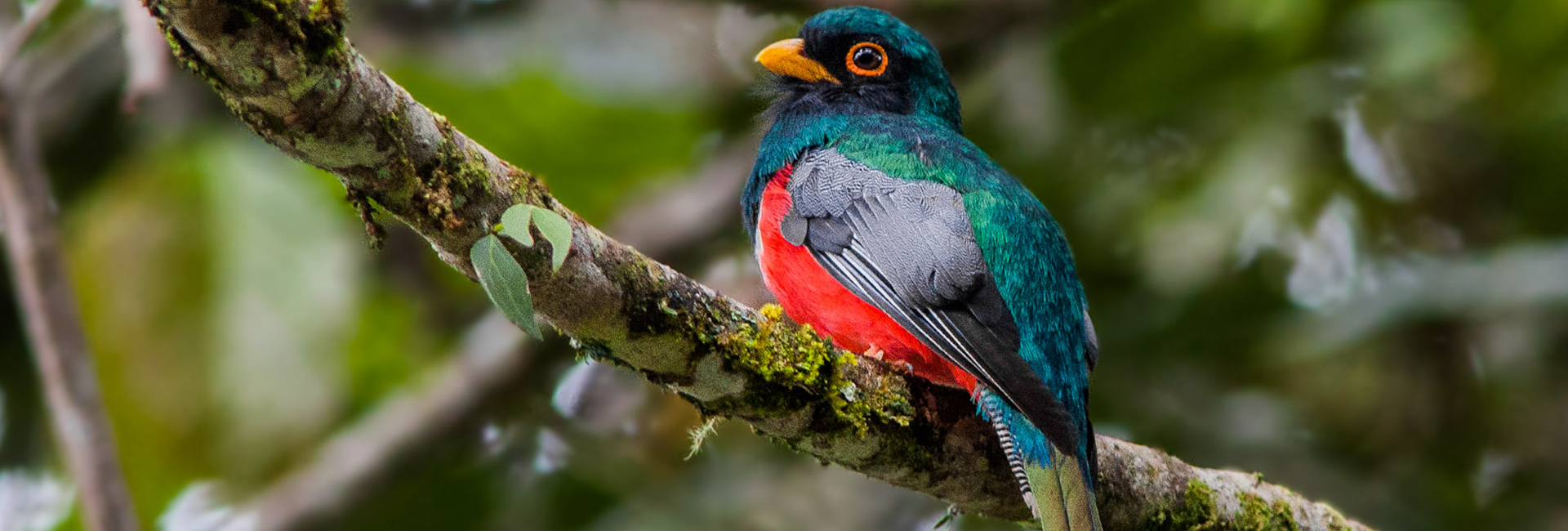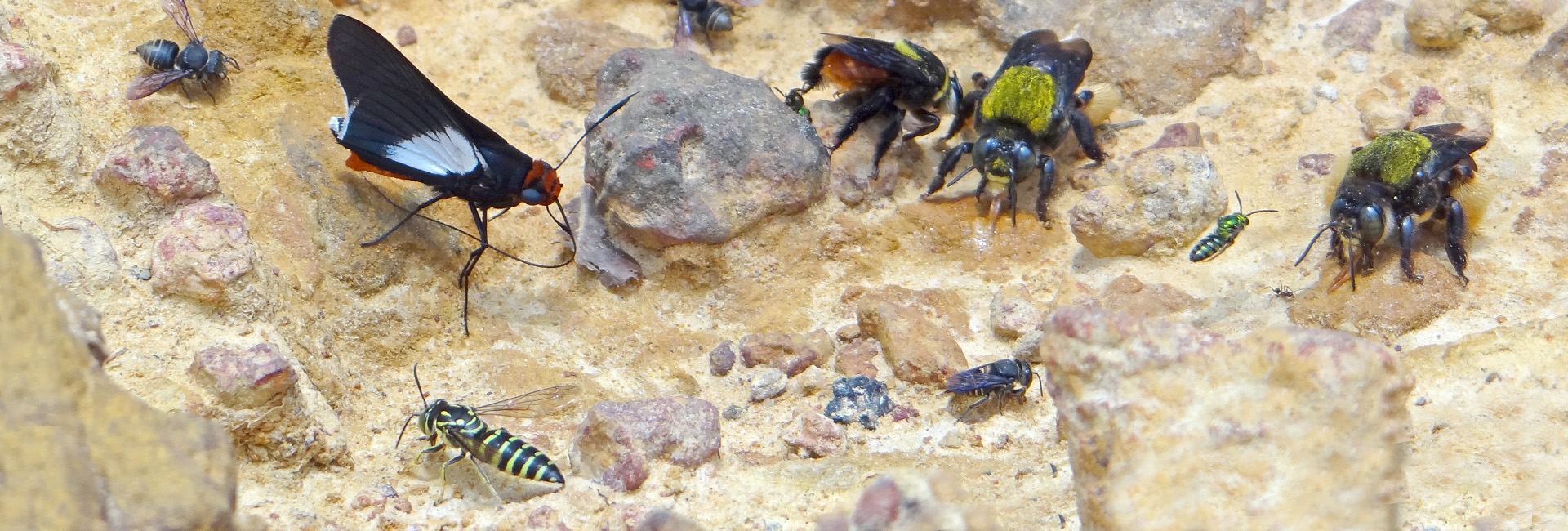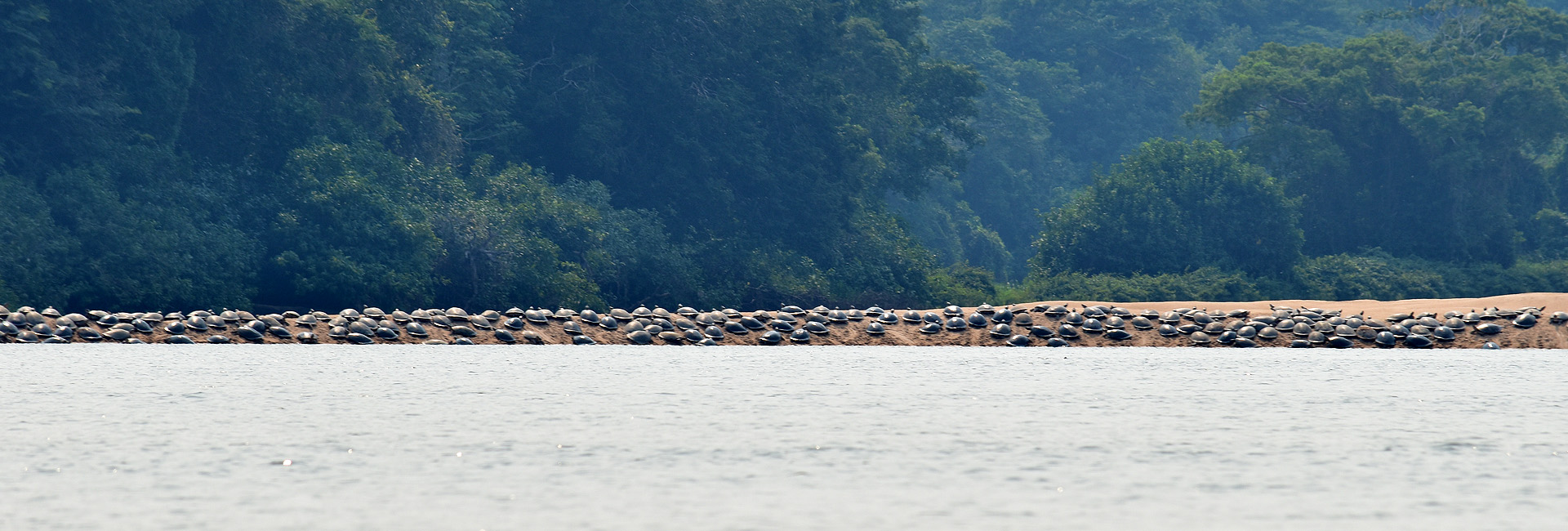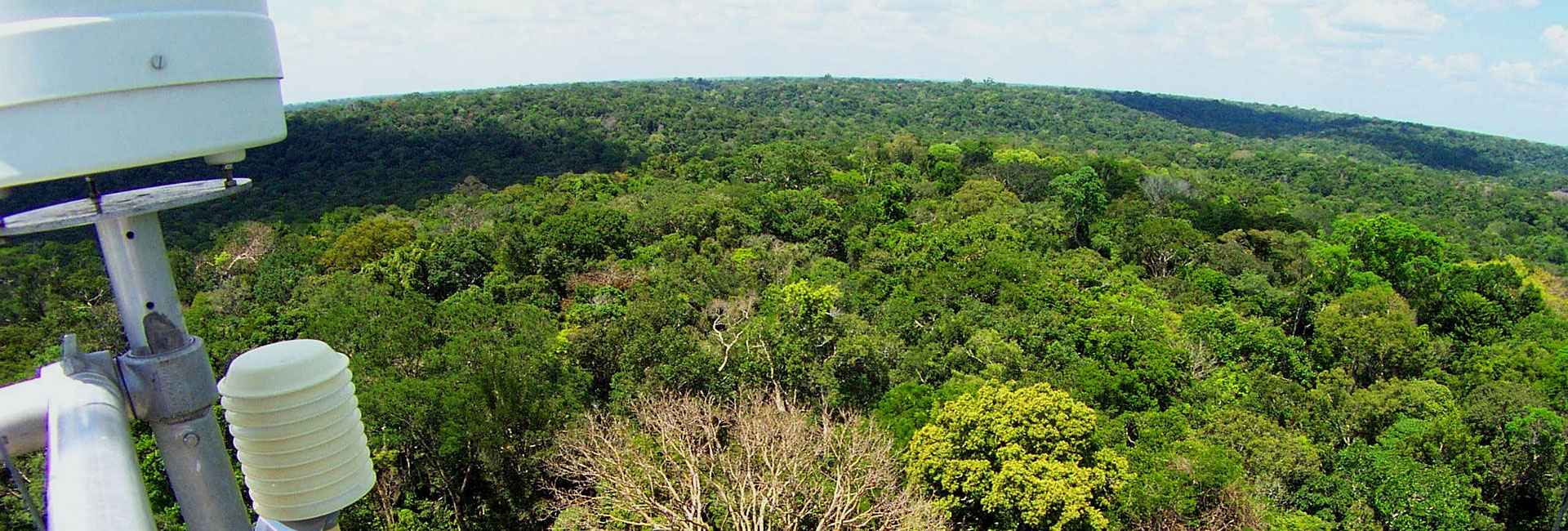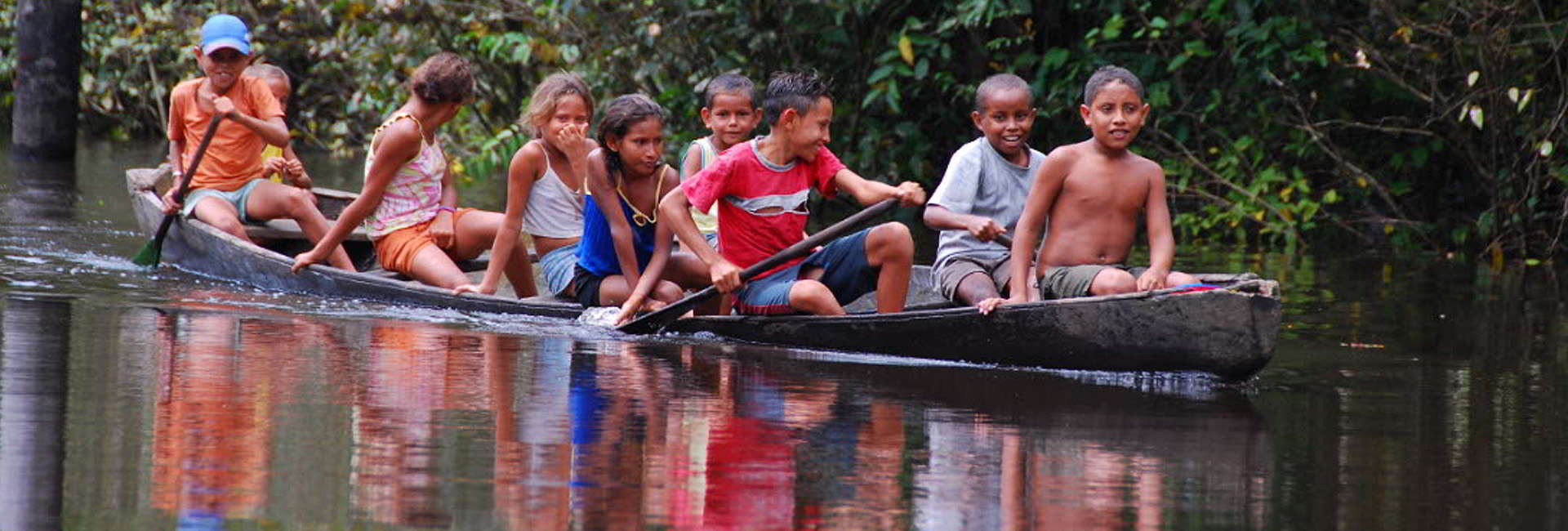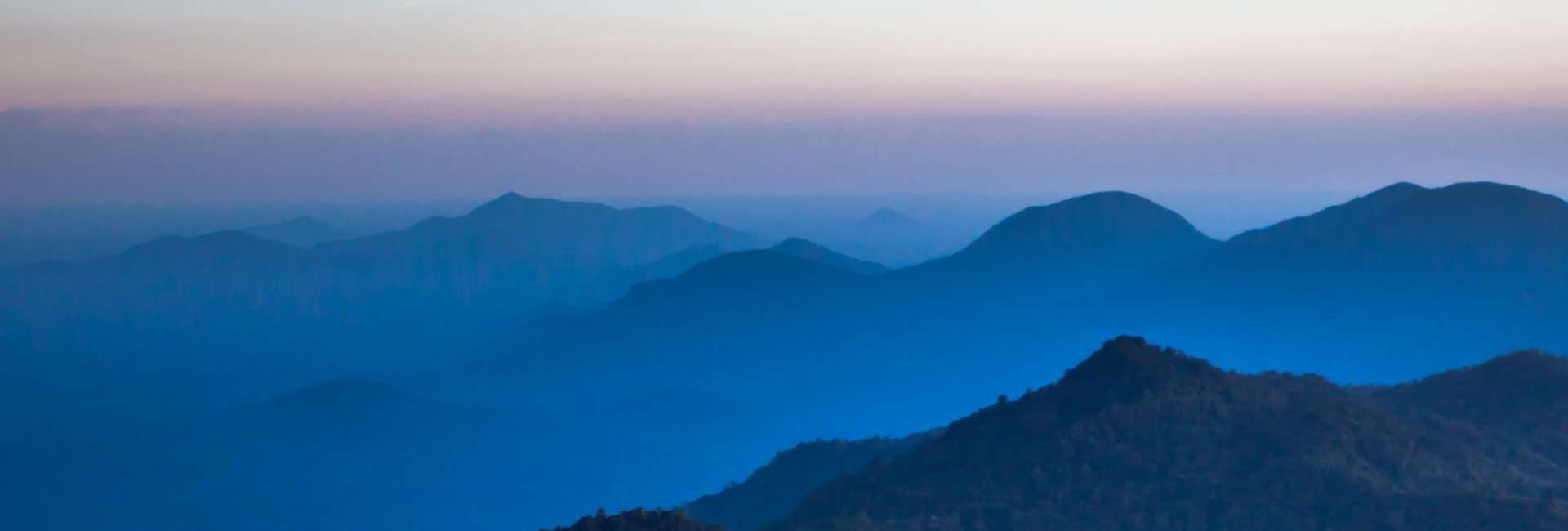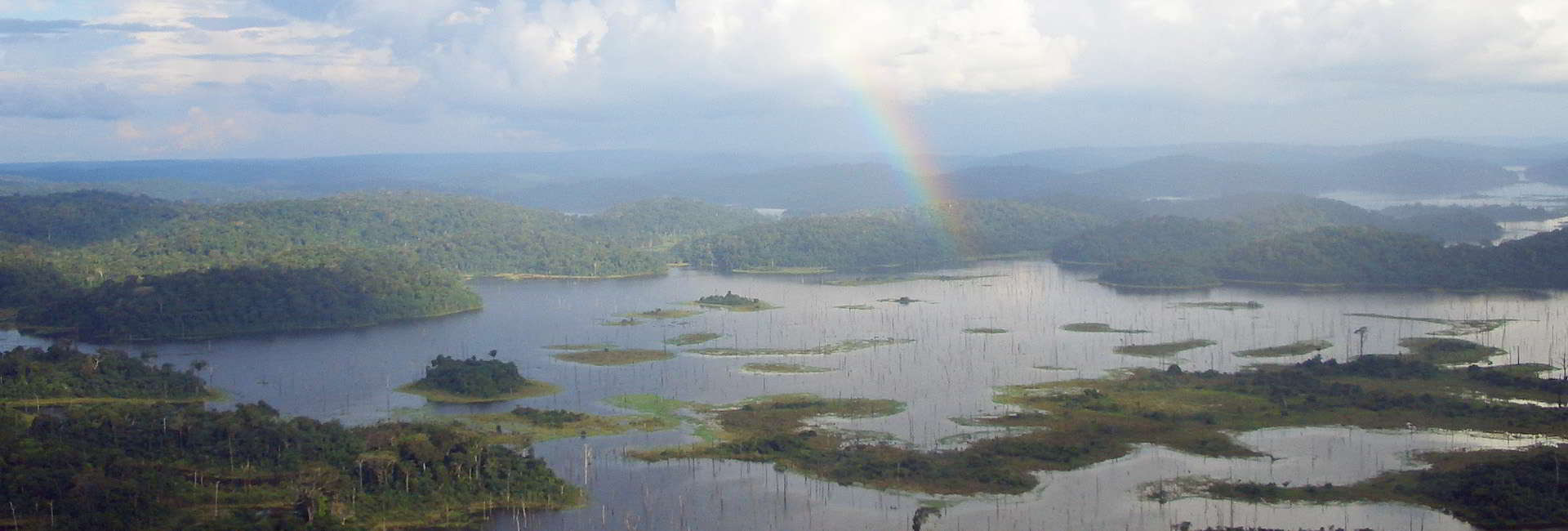Singing in the rain? How Amazonian bats respond to weather

It is already know that moonlight affects Amazonian bat activity. In temperate regions, temperature strongly conditions bat activity, as the cold leads to hibernation as a strategy to minimize energy expenditure in a time of low insect availability. In tropical rainforests, however, temperature varies little, insects are abundant year round, and rainfall is the most variable environmental factor. In the rainy season, nightly rainfall can affect bat activity. In her PhD thesis, Giulliana Appel asked how aerial insectivorous bats respond to variation in temperature, rainfall and moonlight in a central Amazonian forest.
One of the questions that the study sought to answer, was whether rainfall at early night, during peak-activity time of bats, increases bat activity in the hours after rainfall. As the rain affects echolocation and thermoregulation of these animals, the hypothesis was that they would compensate lost foraging time after the rain. The results of the study were published in Journal of Mammalogy.
The data were collected in Ducke Reserve, an area of terra firme rainforest located near the city of Manaus. in northern Brazil. In the reserve, a 64-km2 trail and sampling-plot grid is installed following the RAPELD sampling system of Program PPBio. For bat surveys, automatic ultrasound recording stations were installed in 20 permanent sampling plots throughout the reserve during the rainy season in 2013. The recorders were programmed to record from 06:00 pm to 06:00 am, totalling 104 night recordings. Insectivorous bat ultrasounds are species-specific, thus it is possible to identify species on the recordings. To evaluate the activity of bats, the number of bat passes of each recorded species per night and per hour was considered. All analyses were done at species level, due to variations in foraging strategy and habitat use among species. Climate data (temperature and rainfall) were obtained from a weather station located inside the reserve.
Over the 104 sampling nights, more than 15,000 bat passes from 17 species of aerial insectivorous bats were recorded. Yet, only seven species, recorded in at least 12 plots for at least 20 nights, were considered in the analysis.
Among the seven species analyzed, temperature positively affected the activity of Saccopteryx bilineata and Cormura brevirostris. Higher activity during warmer nights is probably related to insect availability, as orders such as Diptera, Lepidoptera and Hymenoptera are most active on warmer nights. Also, these two bat species are in their reproductive period during the rainy season. Lactating and pregnant females are more sensitive to temperature loss, tending to forage on warmer nights. No species was affected by variation of rainfall among nights.
Two species (Saccopteryx leptura and Pteronotus rubiginosus) were more active on nights with higher moonlight intensity, as they are probably searching for insects that are more active on bright nights. Myotis riparius, a slow-flying species, decreased activity during nights with more intense moonlight, indicating a possible vulnerability to predation in bright nights.
Rainfall is known to affect bat activity, yet light rain in the early evening did not disrupt the activity of most bats throughout the night. The peak of activity at the beginning of the night occurred in both nights with and without rain. This indicates that light rain is not a limiting factor for foraging, and probably does not affect insect availability either.
Most species did not increase activity after rainfall, except for Saccopteryx leptura, that was almost five times more active after rainfall as compared to rainless nights. Pteronotus rubiginosus, on the other hand, decreased the duration of activity after rainfall compared to rainless nights. This bat feeds on Lepidoptera, which are negatively affected by rain, as the water damages their wings.
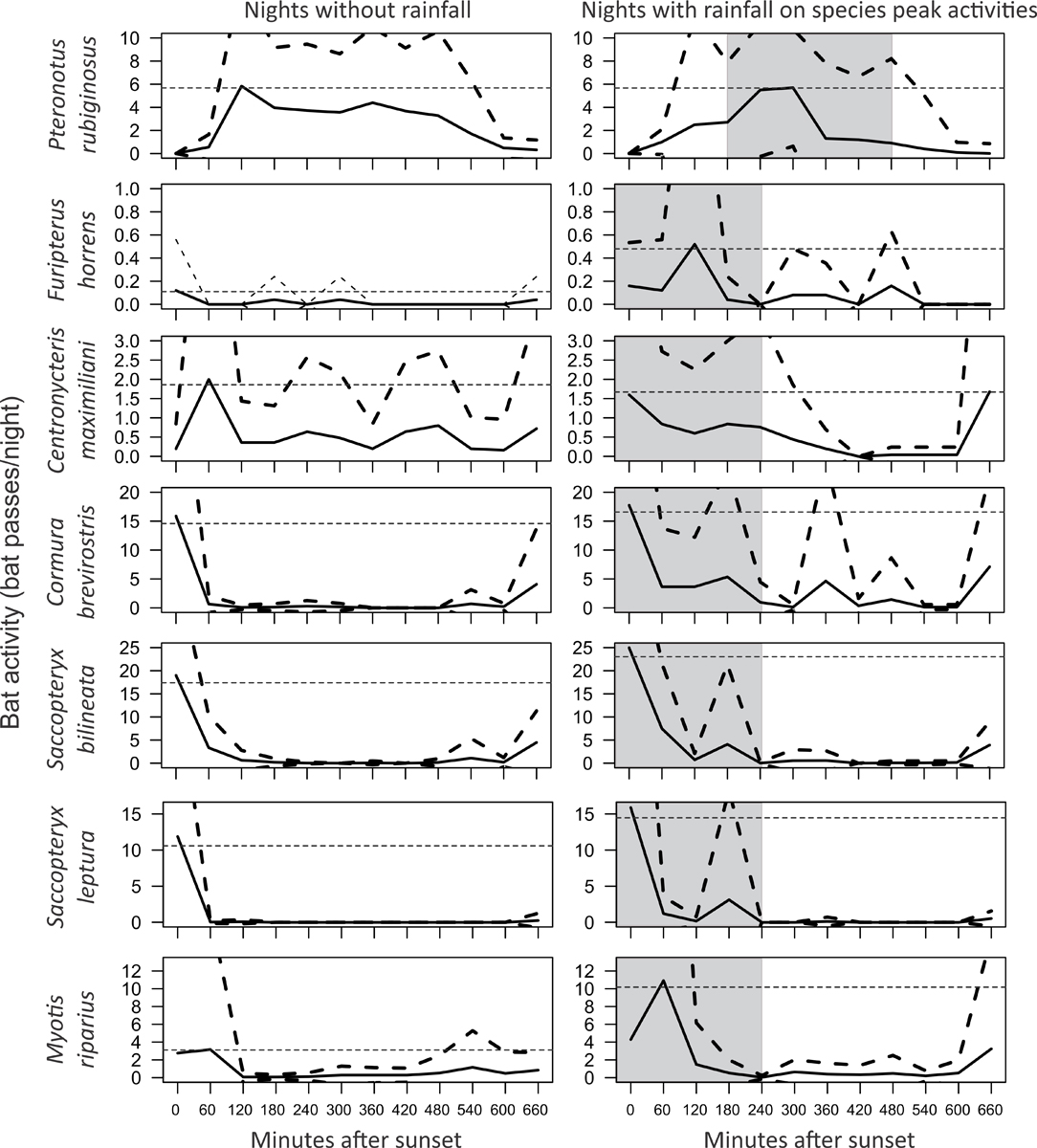
The figure is from Giulliana's article, and shows the activity of each species (as the number of bat passes per hour) on nights with and without rain at the period of peak activity of each species.
The results demonstrate that the response of bats to the effects of weather and lunar luminosity varies from species to species. Little variations in temperature among nights are sufficient to cause changes in activity of some species. Light rain influences the duration of activity in only a few species, which is understandable, as it rains almost daily during the rainy season in the central Amazon, and aerial insectivorous bats are expected to be adapted to these conditions. Future studies should measure rainfall and temperature on a more local scale, to account for microenvironmental variation among sampling plots. It will also be important to analyze how long-term climate variations, including climate change events, may influence bat foraging behaviour.
The doctoral project of Giulliana Appel is supervised by Paulo Bobrowiec and Christoph Meyer. Giulliana can be contacted at giu.appel@gmail.com.
The image shows a female of Saccopteryx sp with her offspring.



